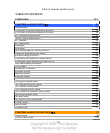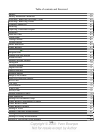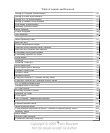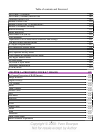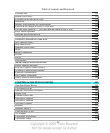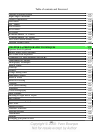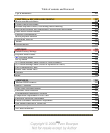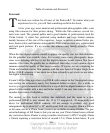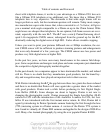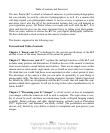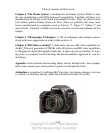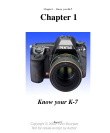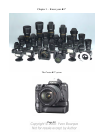
Table of contents and Foreword
XV
shoot with telephoto lenses, it works to your advantage as a 200mm f/2.8 lens acts
like a 300mm f/2.8 telephoto at no additional cost. We know that a 300mm f/2.8
telephoto lens is very expensive. The downside is that wide angle lenses will no
longer perform as such, but the maximum aperture will remain. Today most compa-
nies manufacture super-wide lenses that, when converted to a 1.5x factor, still gives
you a nominal wide angle comparable to a 20mm on up in the 35mm format. Wide
angle lenses are cheaper than telephotos. In our opinion, full-frame sensors are over-
rated, especially with the new K-7. The K-7 uses a newly Pentax/Samsung devel-
oped 14.6 megapixels CMOS sensor, redesigned from the ground up for the K-7,
drastically reducing the digital noise at high ISO. It also allows sizeable cropping.
Unless you want to print your pictures billboard size at 300dpi resolution, the cur-
rent CMOS sensor will be sufficient to produce stunning pictures and enlargements
that were only dreamed of a few years ago. The CMOS sensors use less power and
produce very little digital noise at higher ISO.
In the past few years, we have seen many brand names in the camera field disap-
pear. Some acquisitions and mergers took place and some companies just abandoned
the competitive digital photography market altogether.
In the past decade, two companies appear to have dominated the market; and indeed
still do. There is no doubt that they manufacture good products, but the brand loy-
alty and recognition may have played an important role in their success.
With Pentax introducing the K-7, the gap between these two giants has been reduced
and there is no doubts that Pentax will once again take a greater share of the market
with good products. Pentax
took a while before producing its first Digital Single
Lens Reflex (DSLR). Some changes are about to happen. Pentax
is not new to
changing the photographic world. Pentax pioneered the Single Lens Reflex (SLR)
camera in 1952 with the introduction of the Asahiflex I camera. In 1954, the Asa-
hiflex II was introduced with the first instant mirror return. In 1964, Pentax did it
again by introducing its Pentax Spotmatic camera featuring the first through-the-lens
(TTL) metering system in a Pentax camera. A version of the Pentax TTL system is
now found in virtually all 35mm SLR cameras and applied to the design of DSLR as
well. Many of us learned photography by using the ever popular Pentax K1000.



